The Southern University of Science and Technology (SUSTech) recently held its 7th Master of Engineering Graduation Achievement Exhibition & Industry-University-Research Partnership Conference at the University’s Convention Center.
It brought together student representatives, faculty members, and more than 40 entrepreneurs and investors for a day of innovation, collaboration, and dialogue.
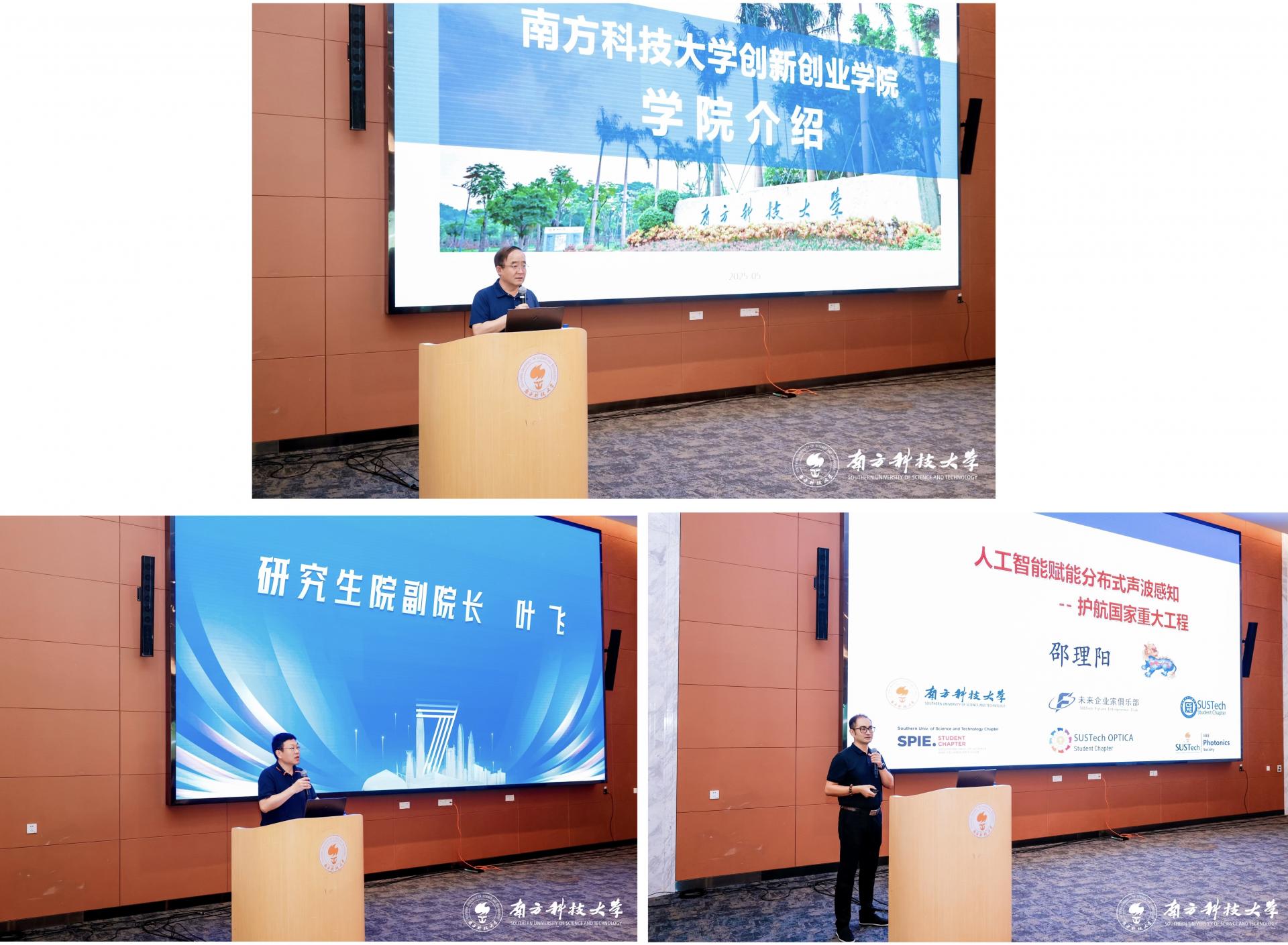
In his opening remarks, Ke LIU, Dean of the School of Innovation and Entrepreneurship at SUSTech, underscored the school’s mission to cultivate interdisciplinary talent with both a scientific mindset and entrepreneurial spirit.
He introduced two key programs driving this vision. The first is the SUSTech-TCL Innovation and Entrepreneurship Lecture Series, which regularly invites leading academicians, entrepreneurs, and economists to engage students in discussions on innovation and industrial trends. Secondly, the iLEAP Business Leaders Program, co-developed with HEC Paris, which fosters an “entrepreneurs-mentoring-entrepreneurs” ecosystem that integrates science, technology, and business resources to support startup growth and industry transformation.
Dean LIU emphasized that deeper industry-academia collaboration is essential to cultivating high-level talent in science and technology. He called for stronger joint efforts to overcome barriers to technology transfer and drive industrial progress through the development of skilled human capital.
Fei YE, Associate Dean of the Graduate School and Professor of the Department of Materials Science and Engineering, noted that the School of Innovation and Entrepreneurship is accelerating its transformation under China’s “Mass Entrepreneurship and Innovation Demonstration Base” initiative. With mechanisms such as enhanced benefit-sharing policies for research commercialization and the establishment of joint university-industry laboratories, the school is actively incubating tech startups led by faculty and students. He expressed hope that this event would serve as a catalyst for stronger university-industry-research collaboration and shared talent development.
Highlighting the school’s bridging role in facilitating industry-academia collaboration, Liyang SHAO, Vice Dean of the School of Innovation and Entrepreneurship, used fiber-optic sensing technology as a case. He outlined the school’s strategy to build a comprehensive innovation ecosystem across five areas: market-driven development, team incubation, talent training, faculty integration, and industrial acceleration—to provide strong innovation momentum for regional industry advancement.
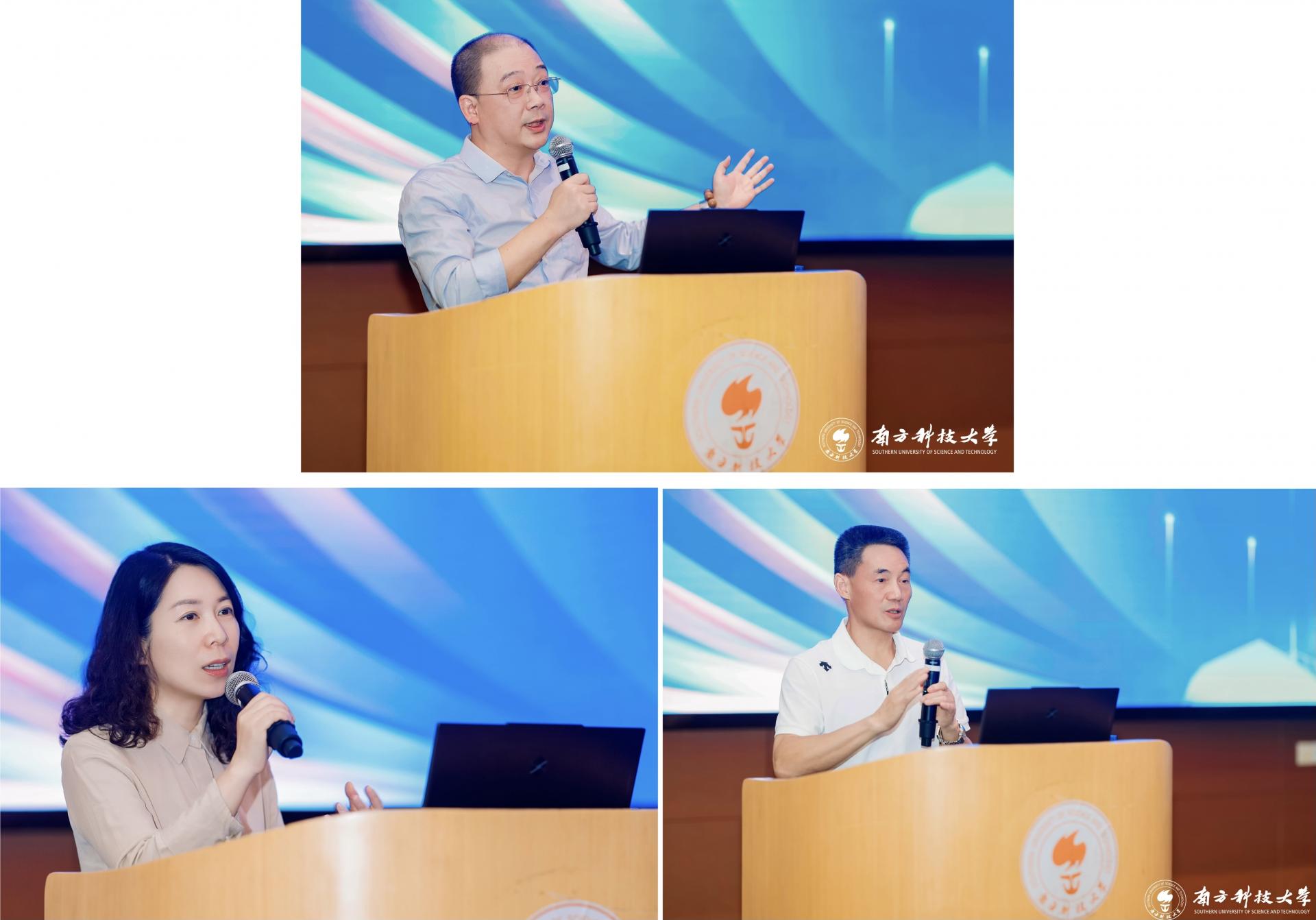
Among the more than 40 entrepreneurs and investors who participated in the event, Bo YU, Executive President of the Shenzhen Intelligent Manufacturing Industry Promotion Association, praised the school’s integrated model of academia-industry-research collaboration and expressed his hope to further connect industry demands with the University’s research achievements.
Yunqi XU, Deputy General Manager of Shenzhen Angel Investment Guidance Fund Co., Ltd., shared insights on how venture capital can empower university-based innovation. Meanwhile, Jianming XU, former CEO of Century Securities, reflected on the growing urgency of academic-industry integration in the face of shifting global industrial supply chains.
This year’s event featured a poster exhibition and live project presentations. Featured works spanned areas such as new energy and materials, next-generation information technology, and intelligent manufacturing.
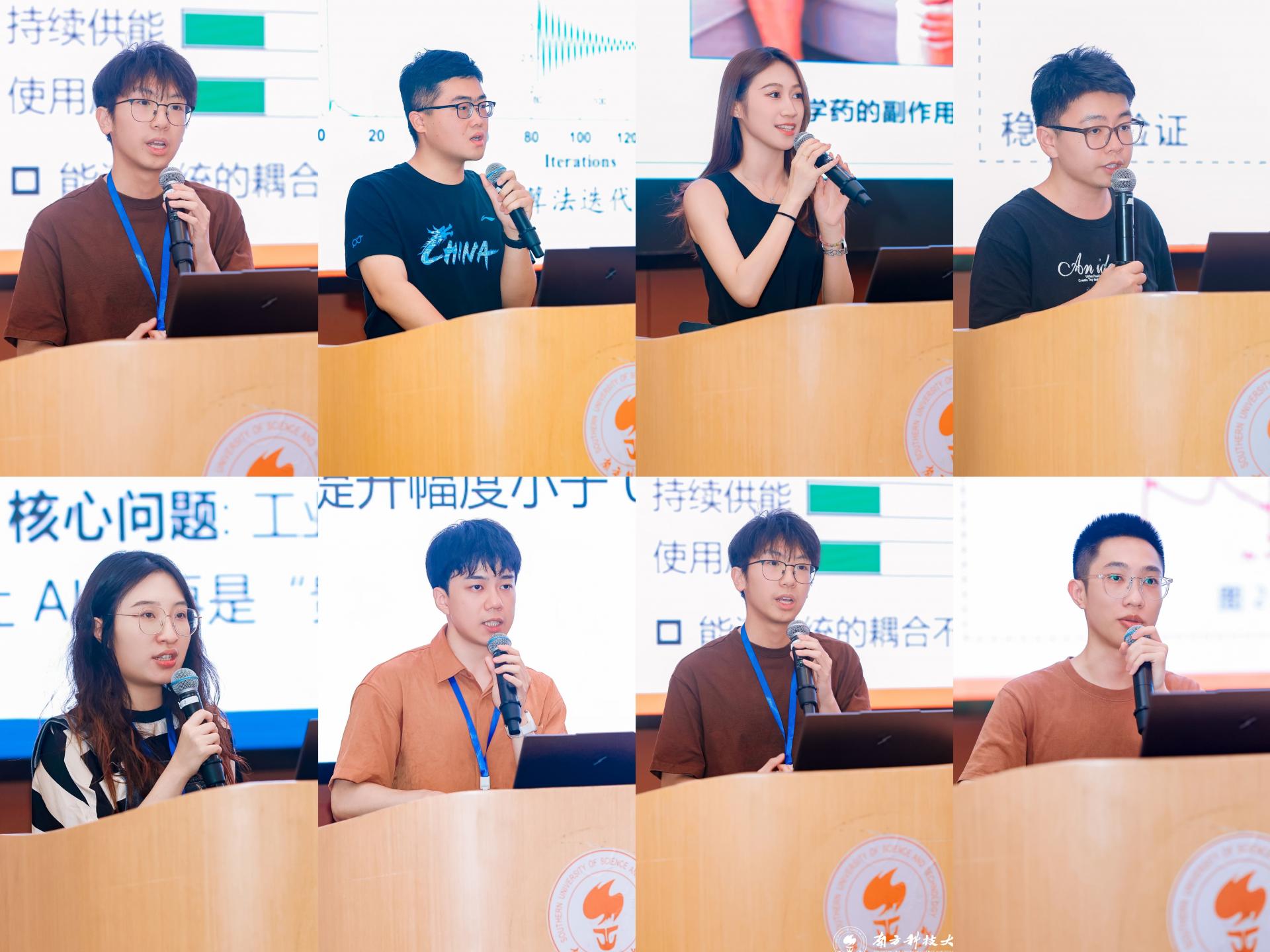
Eight Master of Engineering projects were presented in detail, covering project backgrounds, design plans, budgeting, and testing outcomes. Many of the projects addressed urgent societal and industrial challenges.
Notable examples included energy management strategies for hybrid low-altitude aircraft aimed at boosting system efficiency and reducing costs; a real-time acoustic fiber-optic sensing system that integrates linear demodulation, neural networks, and image recognition to monitor industrial activity; a marine environmental monitoring platform leveraging technologies such as fiber-optic hydrophones, self-balancing hydrofoils, and hyperspectral imaging; a clinical approach to treating knee osteoarthritis using stem cell and platelet-rich plasma injections that have shown marked improvements in pain relief and mobility; and a lightweight industrial vision framework incorporating knowledge distillation and semi-supervised learning to address data scarcity and environmental variability, enabling faster, more efficient smart automation in industrial settings.
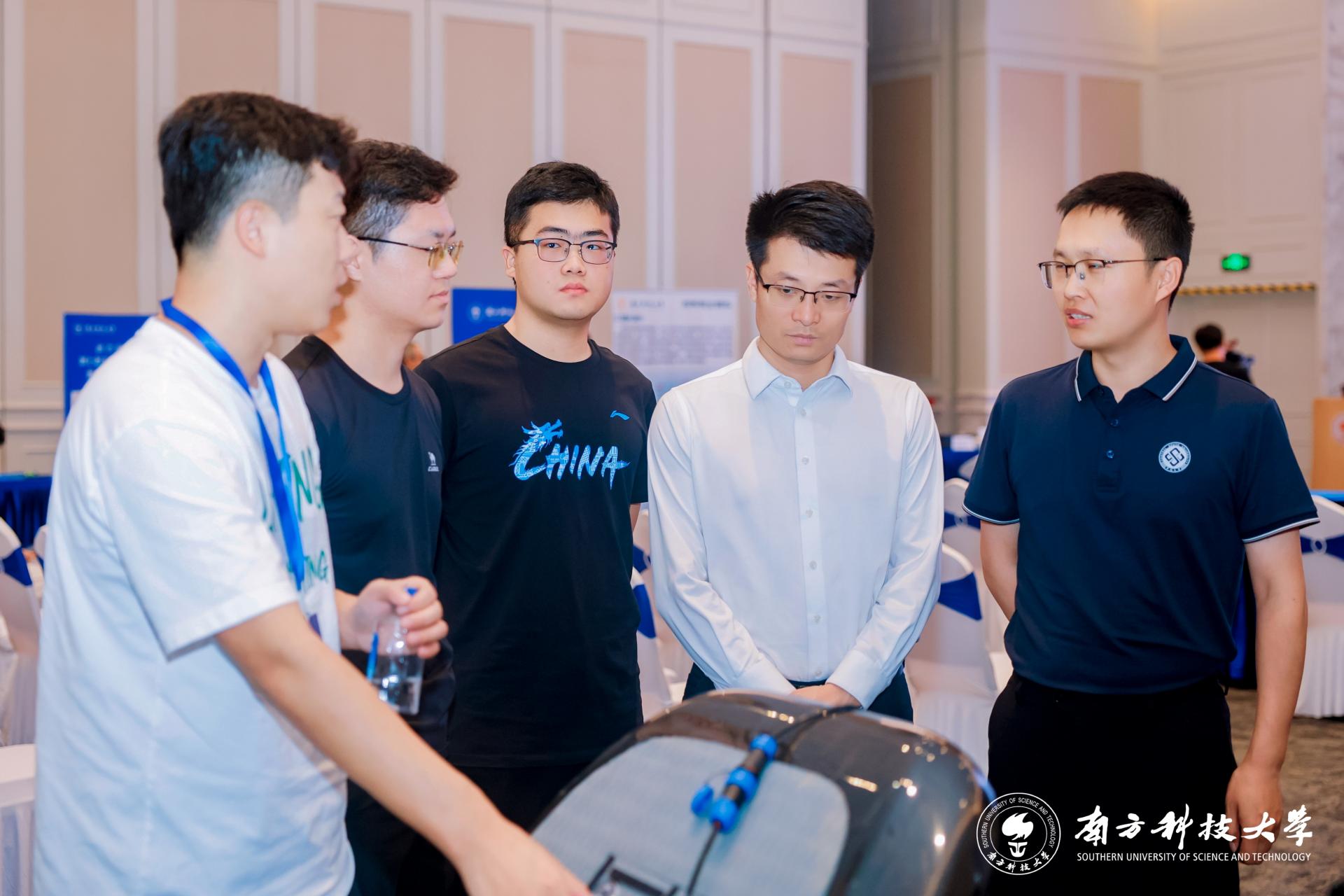
The poster exhibition offered a visually engaging overview of each project’s technical innovation, real-world applications, and research significance. Modular layouts helped attendees grasp the essence of each project and its potential impact.
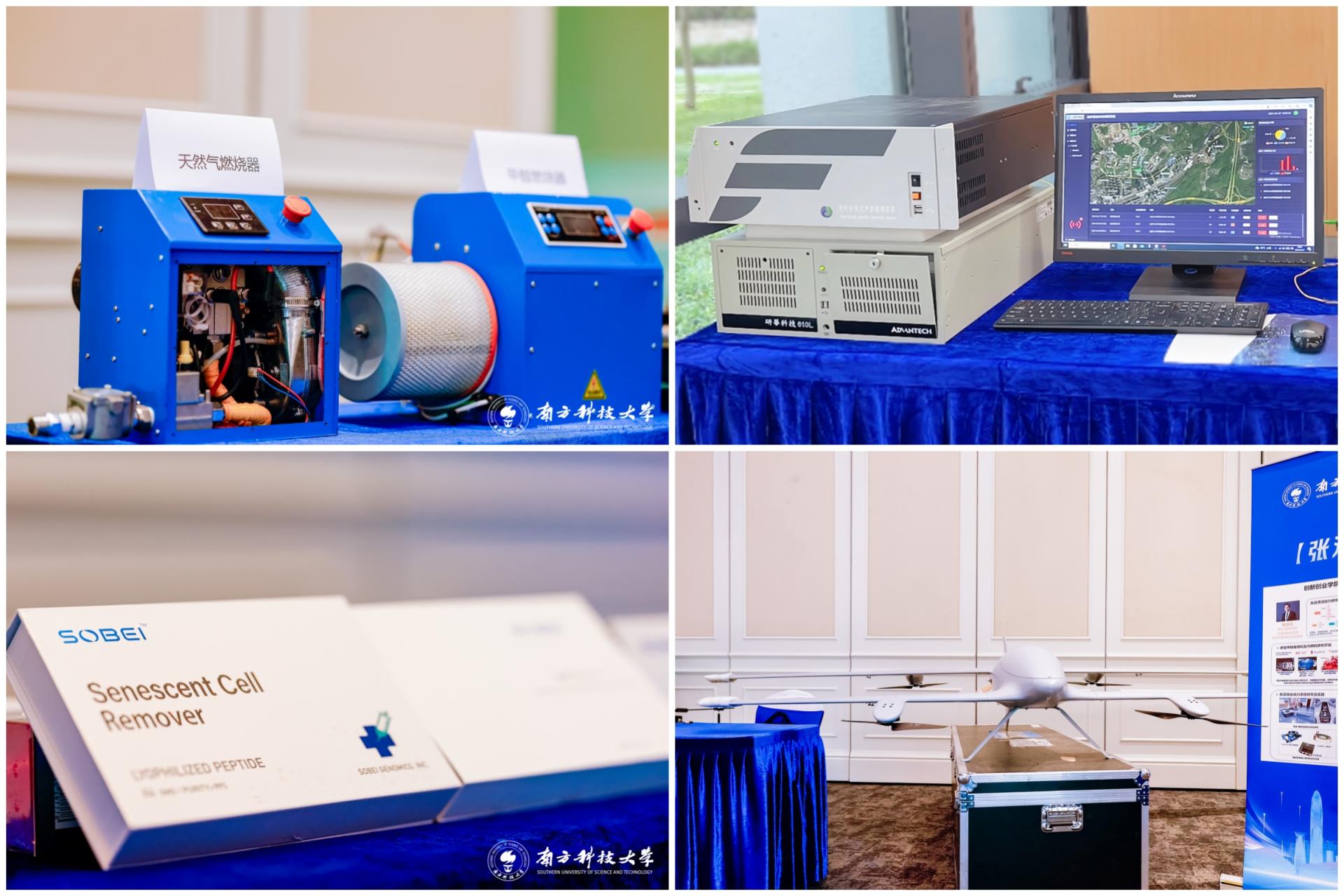
The event also featured a number of scientific achievements from the School of Innovation and Entrepreneurship, showcasing breakthrough innovations across various fields and the unlimited potential of technology-driven industrial upgrading and improved quality of life.

Now in its seventh year, the Master of Engineering Graduation Achievement Exhibition has become an important platform for SUSTech’s efforts to integrate education with industry. Students are taking on real-world industrial challenges and translating their research into tangible, impactful solutions, reflecting the University’s commitment to technical education and hands-on innovation.
By establishing a long-term collaborative platform among academia, industry, and research, this exhibition continues to foster mutual empowerment between science and industry, supporting the construction of a thriving innovation ecosystem and contributing sustained momentum to high-quality regional economic development.
Proofread ByYilin ZHOU
Photo BySchool of Innovation and Entrepreneurship